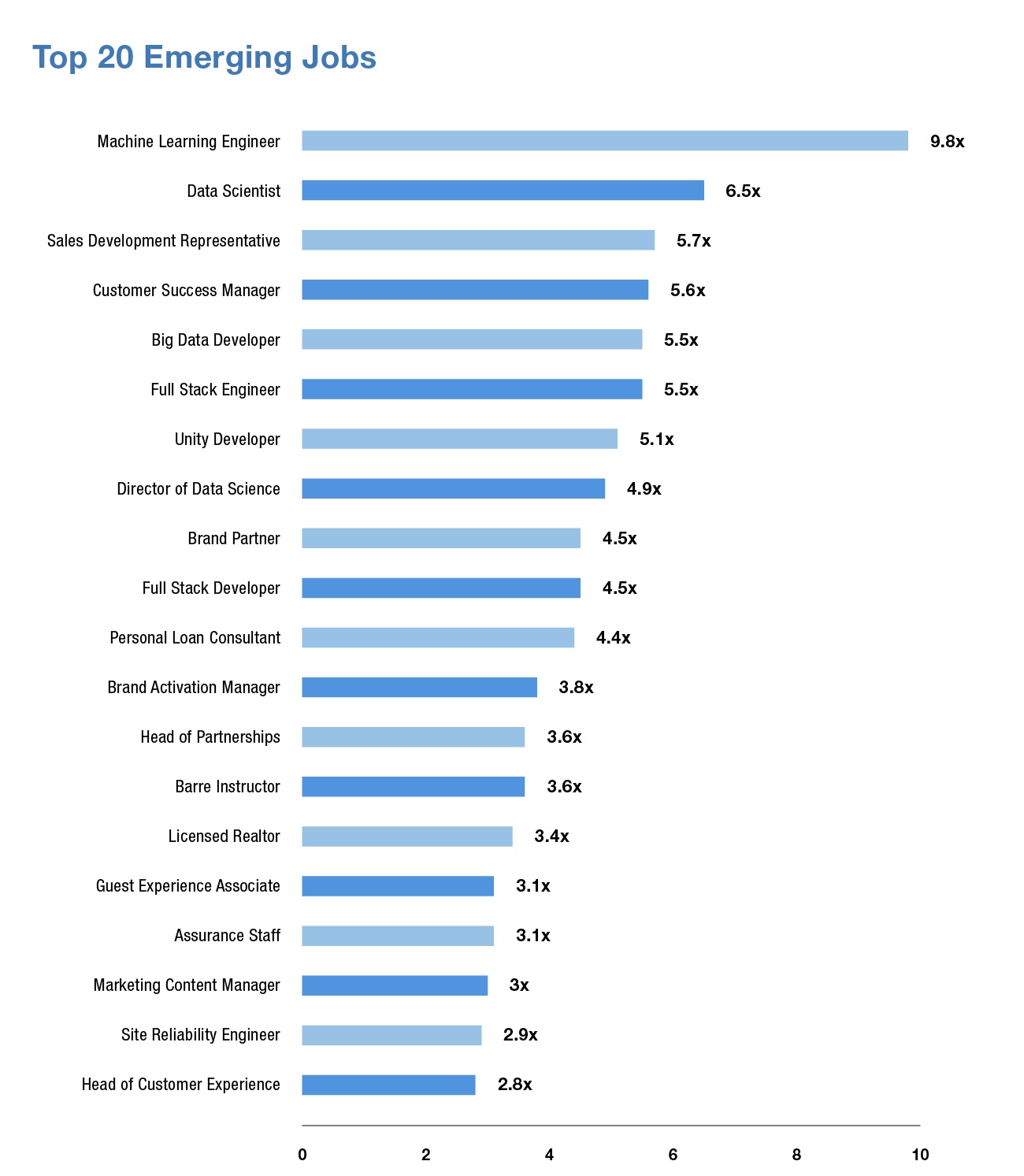Imagine you’re browsing online and companies keep prompting you to rate and review your experiences. Have you ever wondered how these companies manage to process and make sense of the deluge of feedback they receive? Don’t worry! They don’t do it manually. This is where sentiment analysis steps in—a technology that analyzes text to understand the emotions and opinions expressed within.
Companies like Amazon, Airbnb, and others harness sentiment analysis to extract valuable insights. For example, Amazon refines product recommendations based on customer sentiments, while Airbnb analyzes reviews to enhance accommodations and experiences for future guests. Sentiment analysis silently powers these platforms, empowering businesses to better understand and cater to their customers’ needs.
Traditionally, companies like Amazon had to train complex models specifically for sentiment analysis. These models required significant time and resources to build and fine-tune. However, the game changed with Large Language Models like OpenAI’s ChatGPT, Google’s Gemini, Meta’s Llama, etc. which have revolutionized the landscape of natural language processing.
Now, with Large Language Models (LLMs), sentiment analysis becomes remarkably easier. LLMs are exceptionally skilled at understanding the sentiment of text because they have been trained on vast amounts of language data, enabling them to understand the subtleties of human expression.










